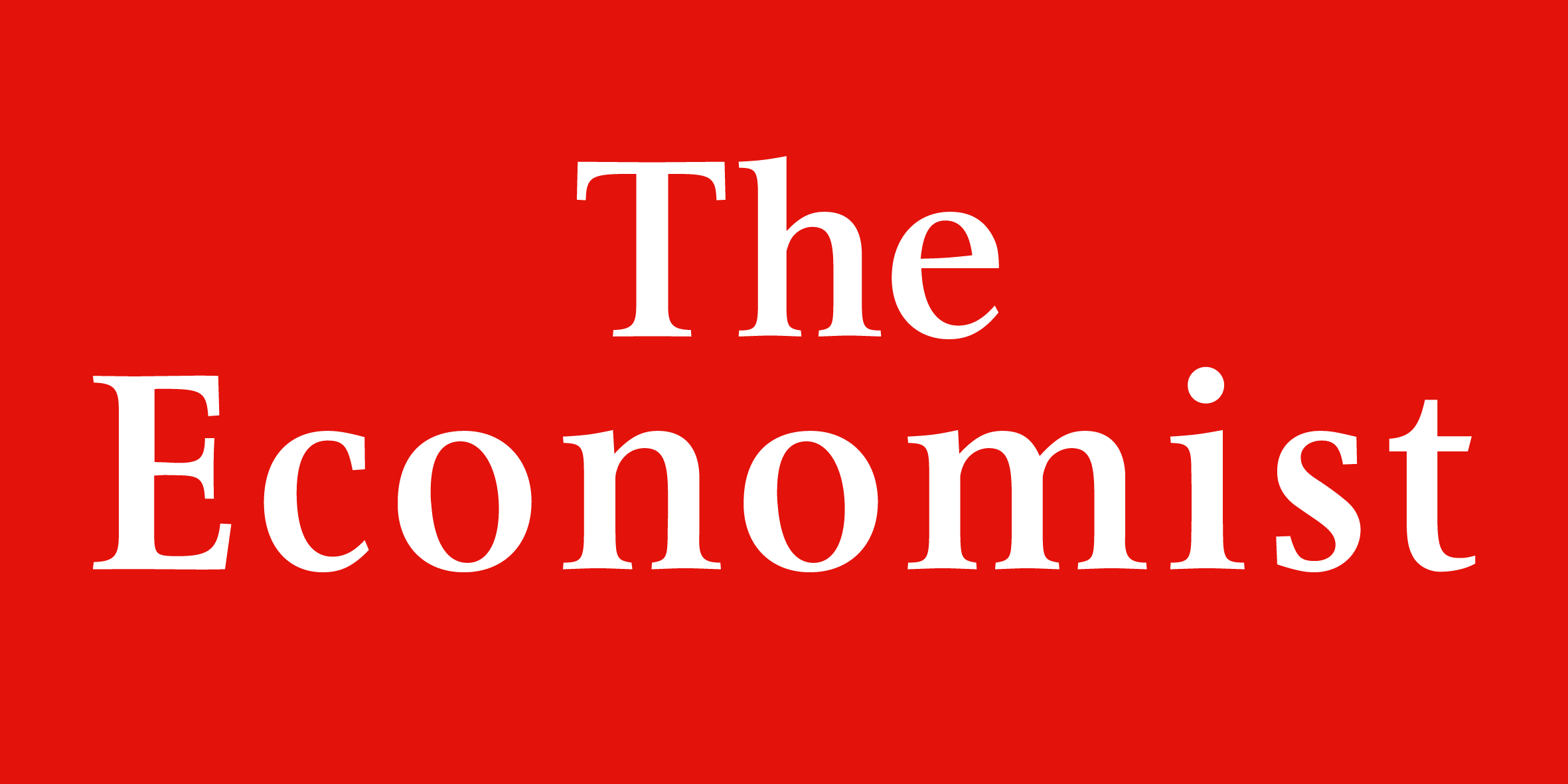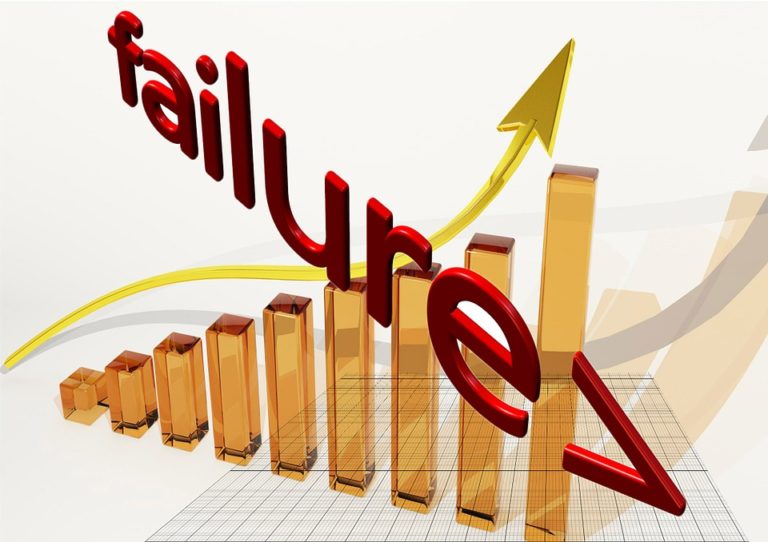Stuck in place
The Democrats’ social-spending package cannot repair the American Dream; Social mobility has dropped precipitously
In the 1940s Joseph Biden senior fell from early wealth to near-destitution. He moved his young family in with his in-laws as he scrabbled for work in Scranton, Pennsylvania, before re-establishing middle-class ease as a used-car salesman in Delaware. For all the weight that his son, President Joe Biden, places on the wellbeing of the middle class he also cares deeply about the opportunity to join it, or rejoin it, and to rise through its ranks.
The president’s personal story chimes with something his country sorely needs: increased social mobility. Addressing the essence of his “Build Back Better” series of bills, originally pitched as a $4trn package over ten years but now being haggled over in Congress at half that level of spending, Mr Biden has said it lies in providing people “a fair chance to build a decent, middle-class life to succeed and thrive, instead of just hanging on by their fingernails.”
If his administration has a signal achievement to date, it is the expanded child-tax credits in the American Rescue Plan (arp), the stimulus package which was passed in March. They appear to have reduced child poverty by more than 25% since they went into effect in July.
The president’s camp sees helping the disadvantaged as a way to boost the economy as a whole. Janet Yellen, the treasury secretary, argued that the plans would “support families and enable greater inclusion in the workforce and social mobility—helping the disadvantaged and boosting economic growth”. Cecilia Rouse, the chair of the president’s Council of Economic Advisors, put it plainly in an interview with The Economist: “Most would agree that our current rates of social mobility are too low. There is not equality of opportunity. Kids are not starting at the same place.”
Data show that to be inarguable. America, the avowed land of opportunity, now appears a harder place in which to make it than Canada or western Europe, and this is a fundamental flaw in its economy and society. Ameliorating this through public spending is possible, if exceedingly difficult. And, for Mr Biden, the opportunity to do so is coming to an end.
The idea that social and economic status should be conferred according to effort rather than hereditary privilege was long seen as quintessentially American. In the 1830s Alexis de Tocqueville commended the “continual movement which agitates a democratic community”, arguing that it stabilised democracy.
Karl Marx remarked that America’s potential for class consciousness was sadly limited because “though classes, indeed, already exist, they have not yet become fixed, but continually change and interchange their elements.” The country’s social and economic mobility was only really accessible to white men—African-Americans and women of all colours would have to endure much longer before the American Dream could be theirs, too. But the dream was still there.
A runaway American Dream
Today, however, it is receding. What economists call absolute mobility—the probability that a child will grow up to earn more than their parents—has dropped precipitously. In a paper published in 2016, entitled “The fading American Dream”, a team of social scientists found that Americans born in the 1940s had a 90% chance of earning more than their parents had earned at the age of 30; for those born in the 1980s, the chance of that had dropped to 50% (see chart 1).






